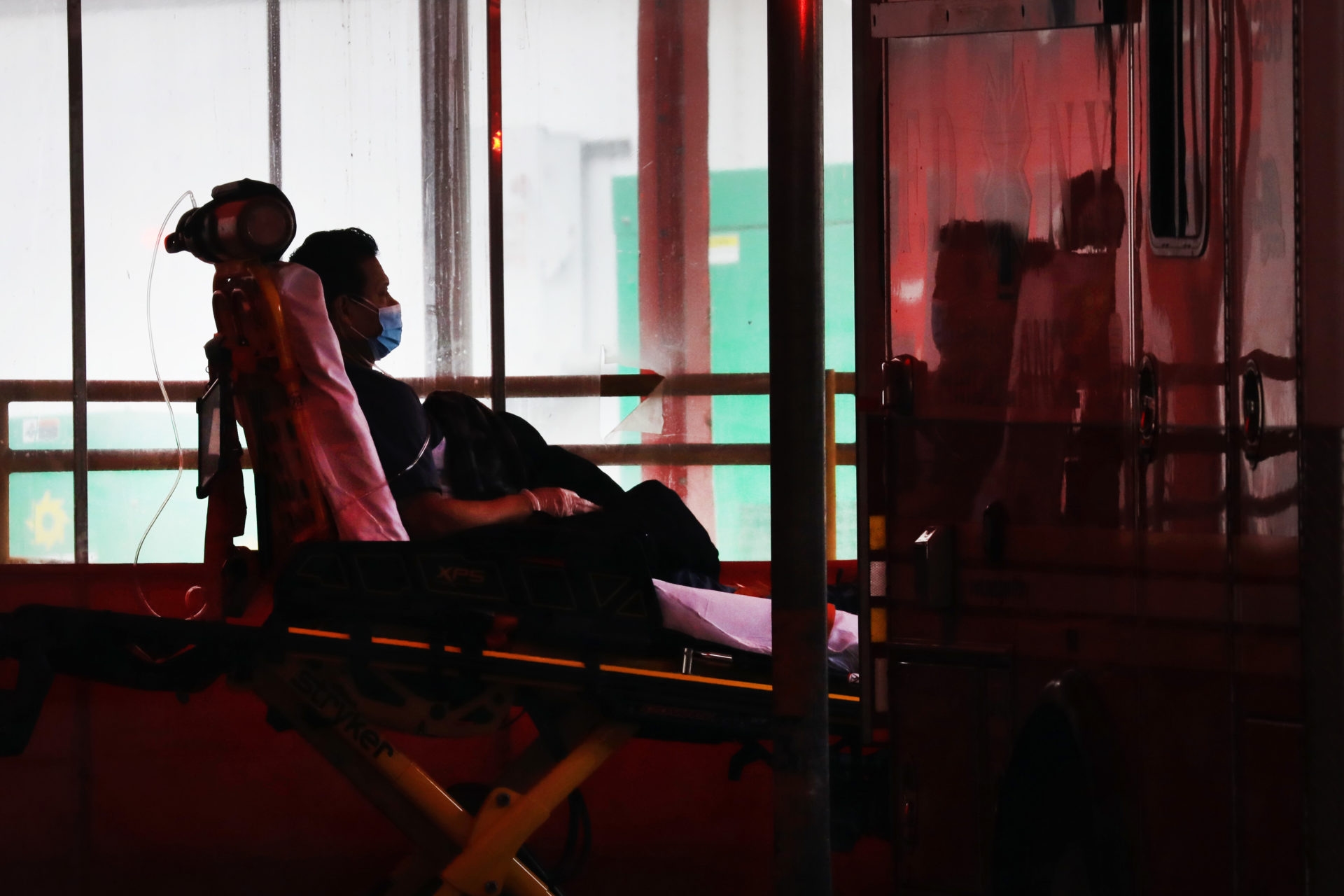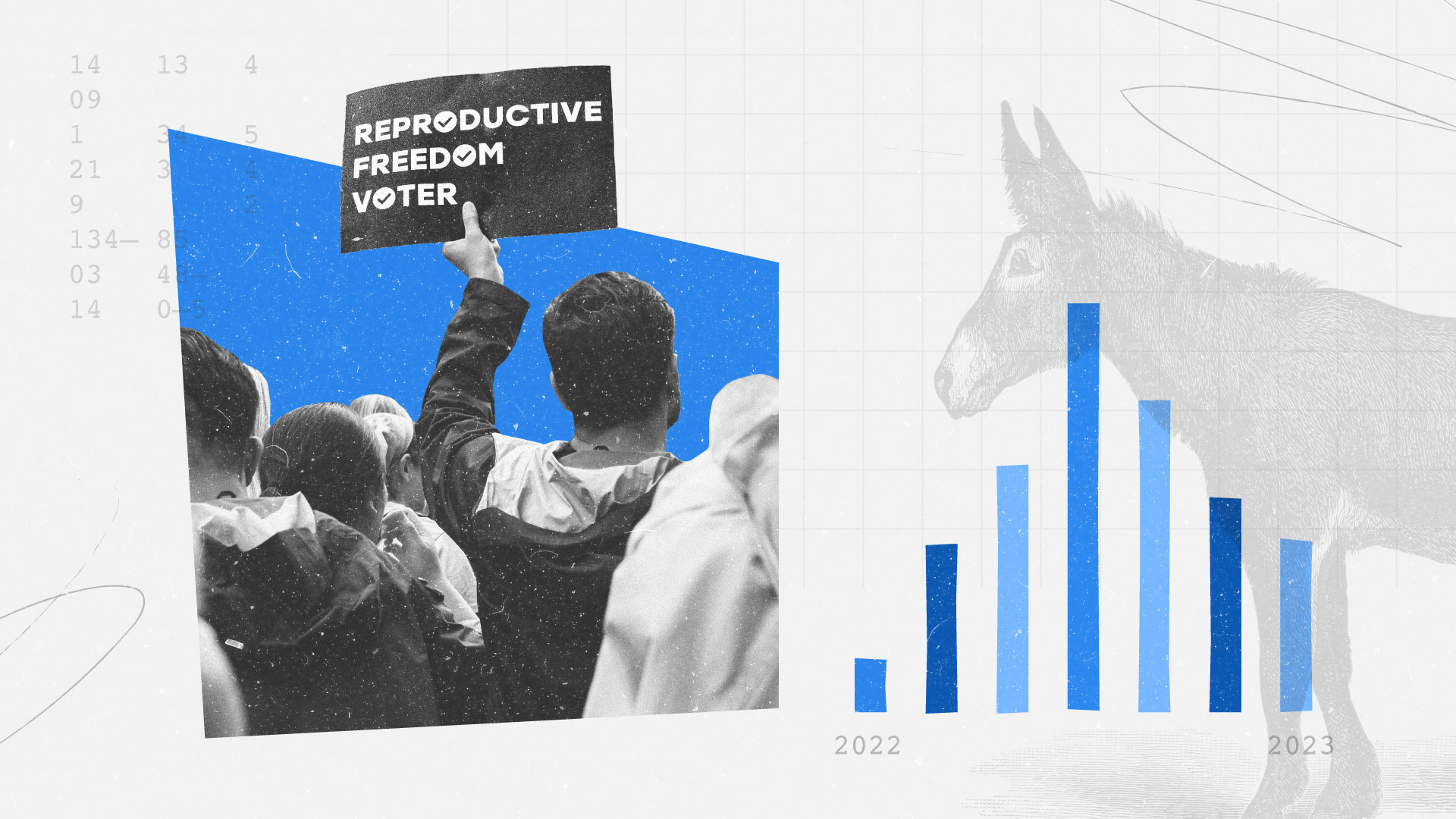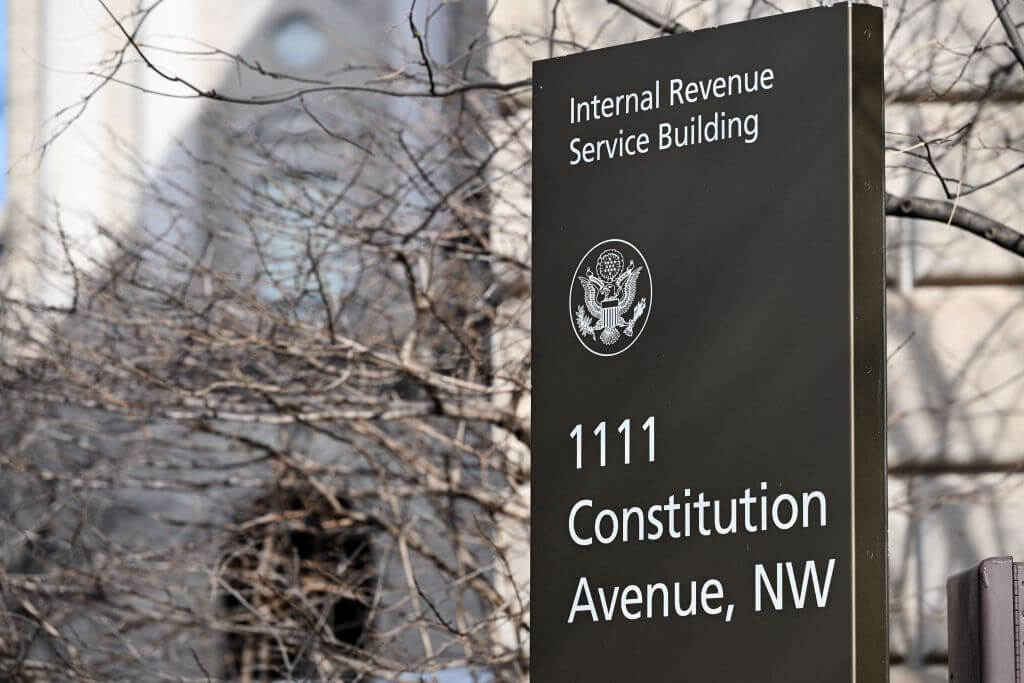Collateral Deaths From Pandemic Begin to Take Toll on Health Systems

On Sunday afternoon, Sarah Williams lost her cousin amid the coronavirus pandemic.
Hardly into his 30s, he was never infected with the virus, said Williams, whose name has been changed to protect the family’s privacy. But a severe pain crisis, the hallmark of sickle cell disease, drove her cousin to an emergency room in Chicago utterly overwhelmed with COVID-19 patients, where he died waiting for care that could have saved his life.
To his family, separating the loss from a pandemic that has swept the nation with grief is impossible — one missing tally in Illinois’ death toll Monday.
Top health officials predict a U.S. COVID-19 death toll in the order of 100,000 to 240,000. But another, invisible death toll is slowly building on its back — people succumbing not to the virus, but circumstances created or exacerbated by the crumbling of the health system.
“There's going to be a tremendous number of people who die from COVID-19 who never get infected with SARS-CoV-2,” said James Phillips, an emergency physician at George Washington University. The country has a remarkable amount of resources, “but there is a limit, and when we reach that limit, you're gonna see a lot of people not getting routine care.”
The rationing of care — once unthinkable in the United States — now seems unavoidable, and at a moment of reckoning for the health system, providers are having difficult conversations about resource allocation, palliative care and end-of-life care that’s been historically undervalued. It’s important, Phillips added, that health systems collect exhaustive data on mortality rates across patient populations to inform future decisions on tailoring care.
Though the virus itself has no regard for race or socioeconomic status, early data finds black people are becoming infected and dying at higher rates, and downstream effects will certainly not fall evenly across all groups. Postponed procedures and canceled clinic visits are not expected to resume anytime soon, and telehealth is not equally accessible across the board.
And although that will pay dividends insofar as reducing the spread of the coronavirus, physicians share a major concern with advocates for underserved communities: indirect damage caused by the crisis will persist long after the country declares victory over COVID-19, and disproportionately affect people who already have disparate access to care. The failure to associate those consequences with the pandemic may blunt efforts to understand not only the magnitude of tragedy, but the need for major reforms to the health system and social safety net.
Sveta Mohanan, a family medicine physician at Atrium Health in Charlotte, N.C., said her greatest concern for her patients is not just the virus but the compounding effect of existing comorbidities and social and environmental inequities. With respect to rationing, not just for COVID-19 patients, but across all diseases, her fear is for patients who struggle to get care even when resources are plentiful.
Physicians, advocates and experts noted that for the rich and healthy, COVID-19 itself poses the greatest threat of the moment — but it’s a risk at least partially mitigated by practicing social distancing measures. For everyone else, and especially for marginalized groups, those very measures may obstruct care for chronic illnesses and medical needs which, left unaddressed, could be fatal.
Anna Nagurney, a professor at the University of Massachusetts Amherst, noted that the ongoing blood shortage could devastate patients with sickle cell anemia, chronic disease and other cancers — many of which disproportionately affect black people — dependent on blood donations. People in extreme pain, many of whom are waiting on postponed elective procedures, are struggling to get pain medication. If those patients are excluded from the COVID-19 response, “there’s going to be another disaster after this health care disaster.”
Amy Hinojosa, president of MANA, A National Latina Organization, said Latino patients already struggle to get appointments rescheduled. Studies have found implicit racial bias leads clinicians to underestimate nonwhite patients’ pain, leaving them vulnerable to more severe consequences down the road.
Further, Latino workers make up a major segment of the essential workforce, but many can’t afford insurance. Without access to regular care or treatment, people “don’t realize what they’re sick from until they’re at a critical point” and end up needing emergency care, Hinojosa said, putting Latinos, who experience higher rates of diabetes and illness due to systemic obstacles in the health system, at an elevated risk of ending up in a hospital at surge capacity.
In light of the pandemic, the language barrier for some Latino people has also grown, a concern echoed by Juliet K. Choi, executive vice president at the Asian & Pacific Islander American Health Forum. With hospitals cracking down on visitors, non-COVID-19 patients who aren’t fluent in English struggle to communicate with their providers about how to control existing conditions, reschedule appointments and reduce their risk of becoming infected.
Ifeyinwa Osunkwo, director of sickle cell disease enterprise at Atrium Health’s Levine Cancer Institute, said the challenge for health systems is to manage the surge, without taking their eyes off what's happening behind the scenes — in part by investing in data collection and aggregation from both a COVID and non-COVID perspective.
Even for people who are immunocompromised, extraordinarily susceptible to infection, COVID-19 is far from the only pressing threat. Kelly Buckland, executive director at the National Council on Independent Living, noted that people with disabilities often require in-home assistance, but many of those workers have fallen sick, and still others can’t fulfill their duties because of a lack of protective equipment. There could be fatalities among people who no longer are receiving services in their home, Buckland said.
The process of getting even a partial sense of the full death toll will take years. But Phillips, who studies disaster medicine, said that data is crucial for preparedness and future mitigation efforts, because “we need to approach it from a total public health standpoint, so that we can look and see what other diseases are more vulnerable when resources are depleted in this manner.”
Even with the focus squarely on COVID-19 patients and collateral deaths in the now, advocates and experts say the consequences of tabling long-term strategies to protect vulnerable communities from bearing the burden of the pandemic down the road could be dire.
“The biggest fear is that when the dust settles on the COVID crisis, families are going to be experiencing severe amounts of financial instabilities,” said Allison Bovell-Ammon, director of policy strategy at Boston University. “We saw it in the Great Recession. Even after the economy recovered, families with children, families with very low income, medically complex families, simply never recovered. I worry about history repeating itself.”
Yusra Murad previously worked at Morning Consult as a reporter covering health.
Related content

As Yoon Visits White House, Public Opinion Headwinds Are Swirling at Home

The Salience of Abortion Rights, Which Helped Democrats Mightily in 2022, Has Started to Fade
